Rising Demand for Automation
The Optical Character Recognition Market is experiencing a notable surge in demand for automation across various sectors. Businesses are increasingly adopting OCR technology to streamline operations, reduce manual data entry, and enhance productivity. This trend is particularly evident in industries such as banking, healthcare, and logistics, where the need for efficient document processing is paramount. According to recent estimates, the OCR market is projected to grow at a compound annual growth rate of approximately 13% over the next few years. This growth is driven by the need for organizations to improve operational efficiency and reduce costs, thereby making OCR solutions an attractive investment.
Advancements in Machine Learning
Recent advancements in machine learning are significantly influencing the Optical Character Recognition Market. The integration of sophisticated algorithms and neural networks has enhanced the accuracy and efficiency of OCR systems. These improvements allow for better recognition of diverse fonts, handwriting, and even complex layouts. As a result, businesses are increasingly leveraging these advanced OCR solutions to extract valuable data from unstructured documents. The market is expected to witness a substantial increase in the adoption of machine learning-based OCR technologies, which could potentially lead to a market valuation exceeding USD 20 billion by 2027.
Increased Focus on Data Analytics
The Optical Character Recognition Market is also benefiting from the increased focus on data analytics. As organizations strive to harness the power of big data, the ability to convert printed or handwritten text into machine-readable formats becomes crucial. OCR technology enables businesses to extract insights from historical documents, invoices, and reports, thereby enhancing decision-making processes. The growing emphasis on data-driven strategies is likely to propel the demand for OCR solutions, with market analysts suggesting that the industry could see a growth rate of around 12% annually over the next five years.
Growing Need for Digital Transformation
The ongoing digital transformation across various industries is a key driver for the Optical Character Recognition Market. Organizations are increasingly recognizing the importance of digitizing paper-based documents to improve accessibility and collaboration. This shift is particularly relevant in sectors such as education and government, where vast amounts of information are stored in physical formats. The demand for OCR solutions is likely to rise as companies seek to convert these documents into searchable digital formats. This trend is expected to contribute to a significant increase in the OCR market, with projections indicating a potential market size of USD 15 billion by 2026.
Expansion of E-commerce and Online Services
The expansion of e-commerce and online services is another significant driver for the Optical Character Recognition Market. As more businesses transition to digital platforms, the need for efficient document processing solutions becomes increasingly apparent. OCR technology plays a vital role in automating order processing, invoice management, and customer data extraction. This trend is particularly pronounced in the retail sector, where companies are seeking to enhance customer experiences through streamlined operations. The OCR market is expected to capitalize on this growth, with forecasts indicating a potential increase in market share as e-commerce continues to thrive.


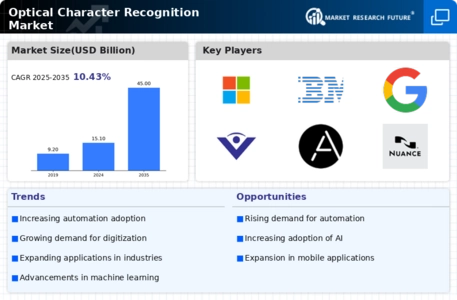
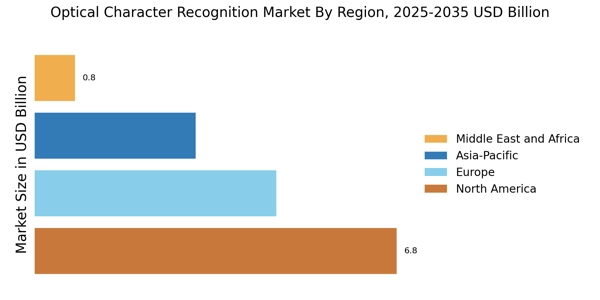
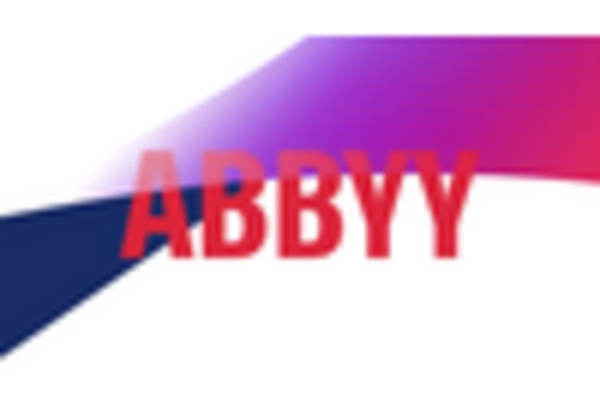


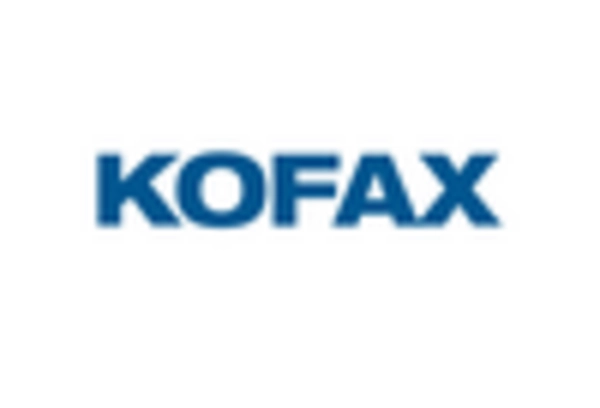

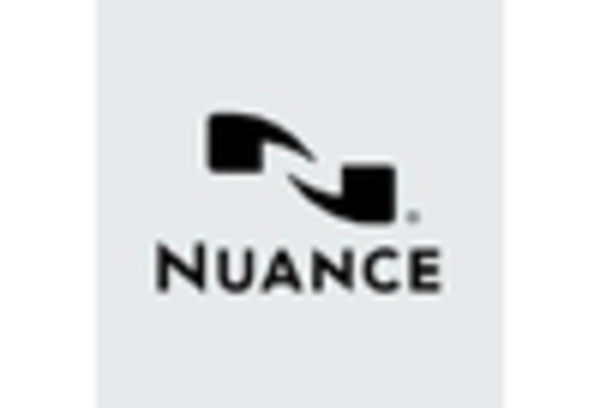








Leave a Comment